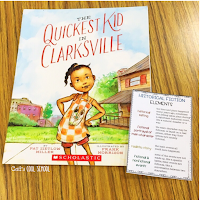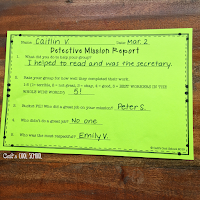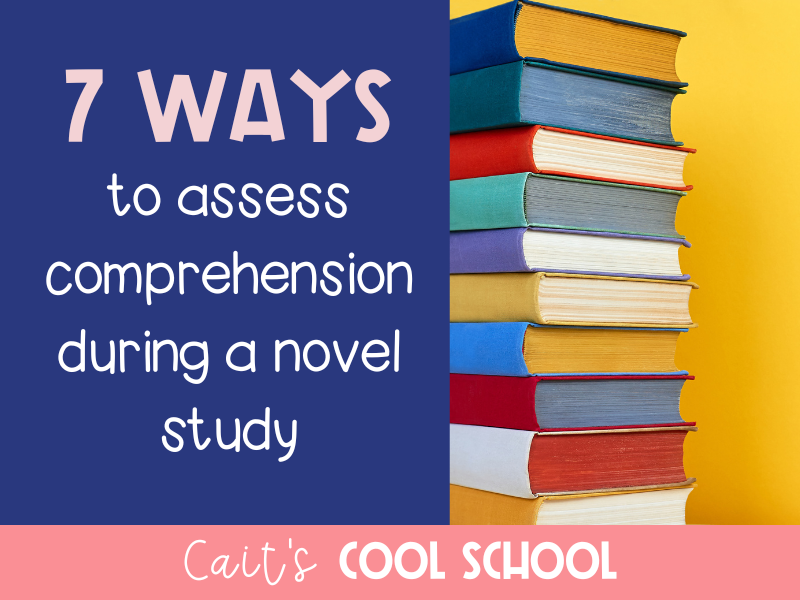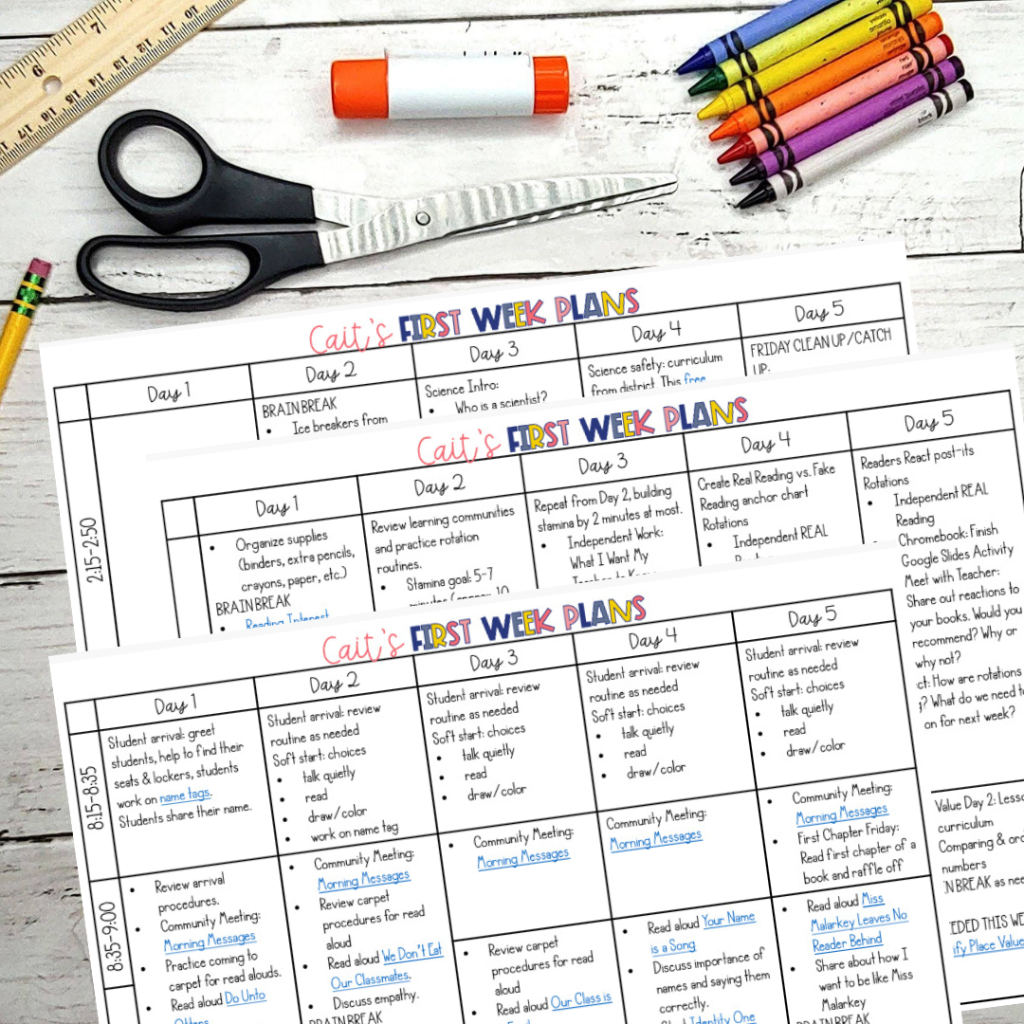Mysteries are probably my favorite genre (see more about my mystery unit here), but historical fiction is a very close second. Students don’t always love learning about history, but historical fiction usually presents the facts in an interesting way. The trick is that I need to get my students excited about historical fiction. So why not turn them into book detectives?
 |
| This post may contain some affiliate links, which means if you click on one of the links and make a purchase, I’ll receive a small commission. You will never incur a fee or charge for this. |
While reading historical fiction, there are a few things we need to keep track of (this will become our anchor chart!):
- Setting: What is happening in the world during this time and at this particular place?
- Main Character: Is he/she based on a real person? Does he/she accurately represent someone at that time period?
- Fiction vs. Non-Fiction Events/People/Places: Are there any specific events that the characters are a part of? Do they meet or interact with any real people? What real places do they go to?
- Realistic Story: Could this story actually happen during this setting? Is this plot based on historical facts?
 |
| 1/4 page anchor charts for students are perfect for reference. |
First, I ask my students what they know about historical fiction. Together, we build an anchor chart about the elements of historical fiction.
Afterward, I read The Quickest Kid in Clarksville by Pat Zietlow Miller to use as a model for the group. The story is about the parade for Wilma Rudolph in Clarksville, Tennessee after the Olympics. This story is fantastic and highlights a small snapshot in history. It has fictional main characters who interact with a real person. I LOVE this book. It’s a great lead into a discussion about why this book was written. (Historical fiction lends itself to author’s purpose easily!)

Now it’s time for our Detective Book Mission! A couple mysterious packages are sitting on our back table. I like to wrap up the picture books I’m planning to use, and I also attempt to disguise my handwriting on the envelope addressed to my students. Everyone volunteers to unwrap our surprise packages (I mean, who doesn’t love unwrapping a gift??).

Once they are opened, students find picture books and instructions. Sometimes the picture books are the same for everyone and sometimes they are chosen based on my students’ reading levels. I’ve done this with 30 students, ranging from below level to way above level. The beauty of the mission is that everyone is working towards the same goal, simply adjusted for their level. Two of the books I chose for this were Amelia And Eleanor Go For A Ride and Peppe the Lamplighter
.
 |
| Inside the envelope, I include all of the necessary materials for each group. |
My wonderful detectives now read their books as a group. Then, they search their picture books for the elements of historical fiction, which the secretary will record on their Official Detective Notebook paper.
True story: Before I became a wiz at PowerPoint, I would gather up looseleaf and handwrite the outline for the Detective Notebook paper because I wanted it to look “real.” Once I could design the paper myself using a typewriter font, I decided photocopying was better than handwriting ten different organizers! Especially because I often would make spelling mistakes and have to start over. 🙈 #timesaver #modernmarvel
While the groups are working, I walk around the room, facilitating and monitoring. When my students are grouped by ability, I tend to give some extra time to my lower level groups, knowing they might need my guidance. Otherwise, I just pop into the different groups and make sure they’re on task. I’m very careful to act as though I know nothing about the mission and encourage my students to read and reread the directions they have been given. This helps to build problem solving (and direction following!) skills.
 |
| This is an example from my Historical Fiction Elements Book Detective Mission. |
Once everyone is finished, they turn in their Detective Notebook paper with their findings, along with their Detective Mission Report, which lets me know how their group is working together. It’s also a way for them to self-evaluate because I ask them what their job was and if they helped their group. They can also write down any problems they had and vote for who was the most respectful. I like compliment those students who receive multiple votes and make sure they know that their behavior was top-notch!
This fun Detective Mission ends with an exit ticket, where students tell me at least two of the elements of historial fiction and give an example. I like seeing what details they’ve latched onto during the mission.
These Detective Book Missions are my favorite way to dive deeper into a topic while getting my students to read some amazing picture books. The bonus is that the excitement usually keeps them ready for our next step- diving into a historical fiction novel study! More about that coming in a future blog post!
Want to try out a Detective Book Mission, but you’re not sure where to start? Grab this ready-made Historical Fiction Detective Book Mission with a complete lesson plan, anchor chart, and all of the printables you’ll need. Just add picture books!







 The first FIVE days of lesson plans for the beginning of the year.
The first FIVE days of lesson plans for the beginning of the year.